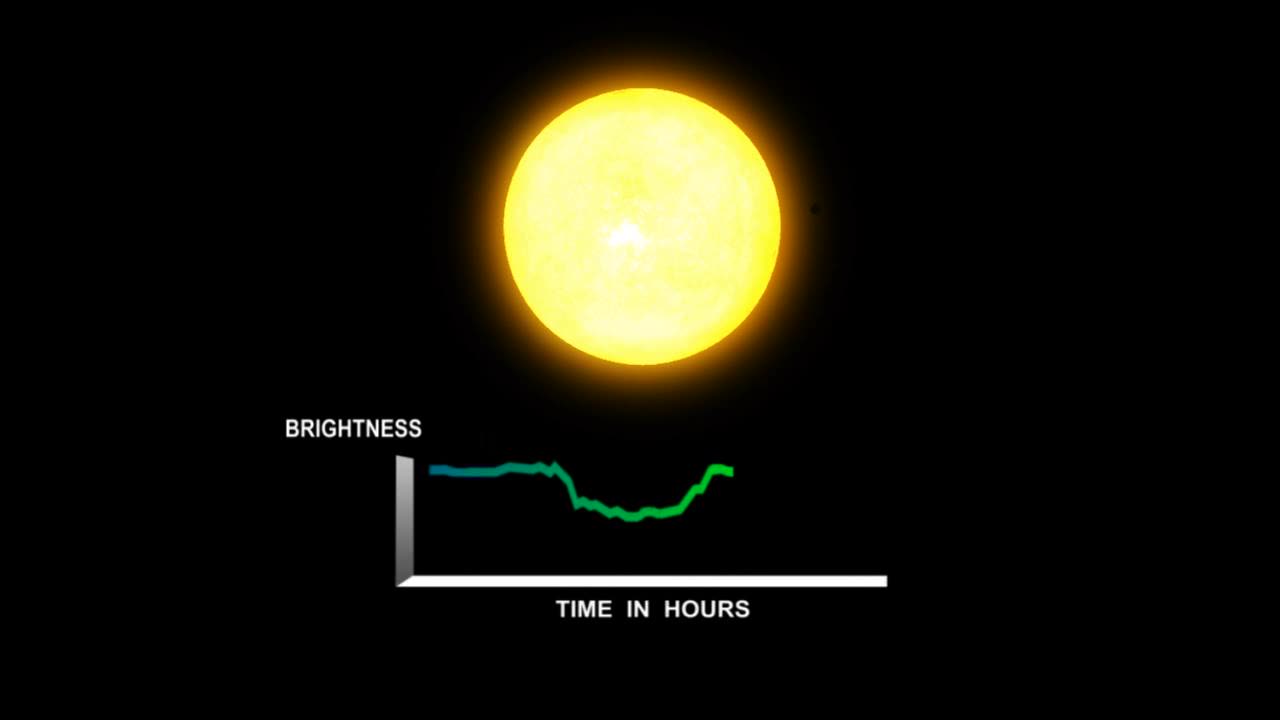Premium Only Content

Transit graph
epler's primary mission involves measuring the brightness of stars. The resulting data resembles an EKG pattern, akin to a heartbeat. Whenever a planet transits in front of its host star as observed from the spacecraft, it generates a subtle pulse. Through these recurrent pulses, we can confirm the presence of planets similar in size to Earth and gain insights into their orbital characteristics and dimensions. Kepler's scientific data presentation diverges from the conventional approach in astronomy. Instead of yielding visually captivating images or vibrant spectrograms, the mission provides light curves extracted from alterations in brightness recorded during transit events. This innovative method is attributed to collaborative efforts from NASA Ames and Dana Berry.
-
 12:34
12:34
Michael Button
17 hours ago $0.47 earnedArchaeologists Just Found Something Incredible in Indonesia
401 -
 19:37
19:37
Ken LaCorte: Elephants in Rooms
20 hours ago $0.20 earnedEveryone lied about COVID. Why?
1321 -
 23:42
23:42
Rethinking the Dollar
1 day agoUtah’s Gold Law Changes Everything! w/ Dennis Keating
4592 -
 22:17
22:17
Jasmin Laine
19 hours agoRoom Erupts as Poilievre FACT-CHECKS Carney—Then Fraser Admits the Unthinkable!
1.18K19 -
 3:15
3:15
NAG Daily
22 hours agoBEGINNERS GUIDE TO TWITTER SPACES W/GREENMAN REPORTS
441 -
 1:40:16
1:40:16
Game On!
18 hours ago $0.33 earnedNFL Week 6 Sunday Preview And BEST BETS!
18.6K2 -
 15:31
15:31
Forrest Galante
3 hours agoI Stayed at America's Best 'Animal Airbnb'
58.6K13 -
 15:36
15:36
Nikko Ortiz
1 day agoBring Back Public Shaming...
61.8K31 -

Joe Donuts Live
5 hours ago🟢 I Got To Get Better at Battlefield 6 | Dropzone Sunday
14.3K4 -
 2:03:57
2:03:57
Badlands Media
1 day agoDevolution Power Hour Ep. 397: China’s Trade Gambit, Venezuela’s “Peace Prize,” and Dominion’s Disguise
429K39